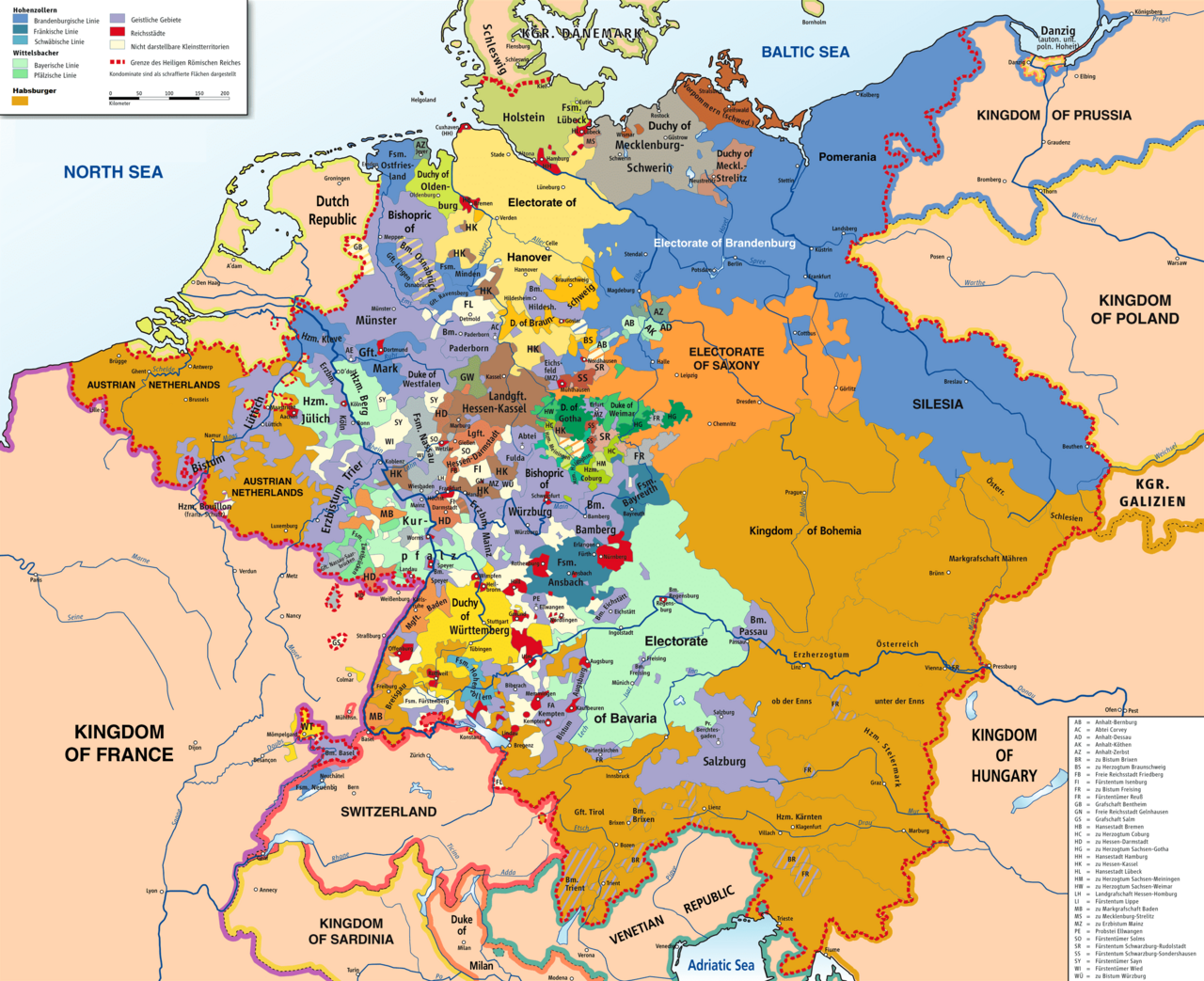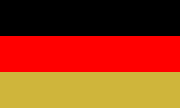The Blue Flower of German Romanticism

Beethoven was influenced by - and played a major role in - German Romanticism, which is generally placed between 1770 and 1830. Its most representative literary symbol was Novalis' mysterious Blue Flower (Blaue Blume) that symbolized striving for the infinite and the unreachable, for ecstasy, for freedom. Your guess is as good as mine as to what this blue flower looked like.
Novalis created the symbol in his medieval romance Heinrich von Ofterdingen which, appropriately, was unfinished when it was published in 1802. Its young hero says “I care not for wealth and riches; but that blue flower I do long to see; it haunts me and I can think and dream of nothing else.” This made it ripe for satire, of course, but it cast a major shadow over 19th century German art, music and literature.
While it echoes the red rose of medieval Christianity, for German Romantics it usually took the form of a longing for what was far away, like magical medieval castles in the forest, Oriental temples on lonely islands and mysterious Lorelei-like maidens, while at the same time expressing a longing for home and homeland, in an age when “Germany” was a patchwork quilt of 39 states known as the Holy Roman Empire and intellectuals were frequently exiled. This is what it looked like on the eve of the French Revolution in 1789.

If German Romanticism was pessimistic and escapist, it also was aspirational and violent revolt was on the way. Students and intellectuals first mobilized in 1817 at Wartburg and their numbers grew by 1832 at the Hambacher Fest, by which time Black Red and Gold had become the favored German revolutionary colors. It would lead to the ultimately unsuccessful upheavals of 1848, but they did produce a national flag.

Also see:
